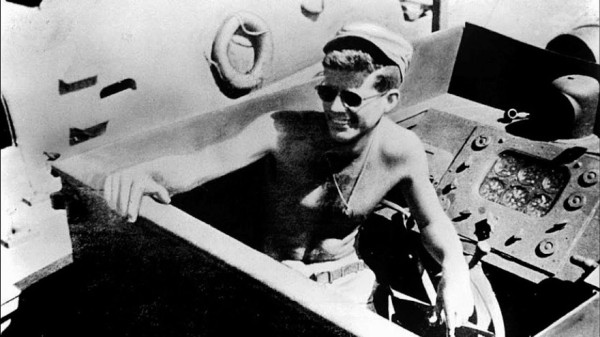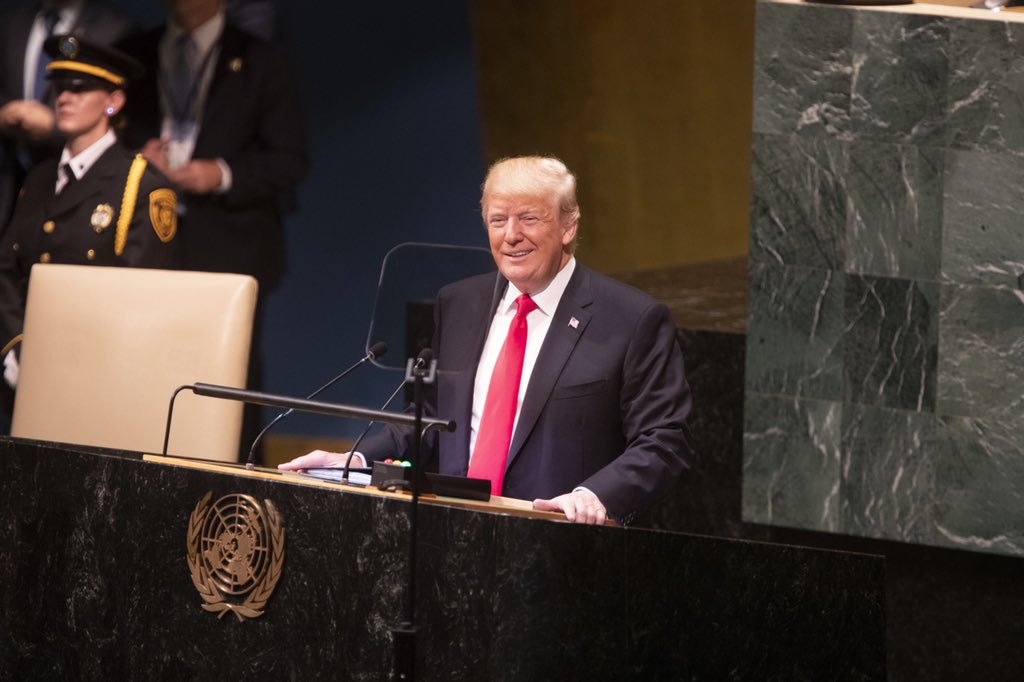ON THIS DAY IN HISTORY
HISTORY, NEWS & POLITICS
HISTORY & POLITICAL HEADLINES
OTD in History… August 1–8, 1943, the Japanese attack John F. Kennedy’s PT-109 boat
By Bonnie K. Goodman, BA, MLIS

On this day in history August 1–8, 1943, during World War II the Japanese attack Lieutenant John F. Kennedy’s PT-109 boat, slitting it in two. As captain of the ship, Kennedy brought the surviving crew members to safety and helped get word to the American base to save them. Kennedy’s role made him a hero back in the United States, not just because of family connections, but spite of them. Kennedy became the example of equality of classes in the military. His newfound hero status helped launch his political career after the war, where he won a seat in Congress in 1946, in less than 14 years he would rise to the Senate and then the presidency. When asked about his hero status, Kennedy would say, “It was involuntary. They sank my boat.”
Originally, in 1941, the military refused Kennedy entry into the navy because of his health problems, stemming from an old college football injury. His father former Ambassador Joseph P. Kennedy, however, used his influence “to get” his son “into the navy.” At first, Kennedy worked in the Office of Naval Intelligence. In 1942, after completing the Naval Reserve Officers Training School and Motor Torpedo Boat Squadrons Training Center, Kennedy was assigned to be a captain of a “PT (motorized torpedo) boat” in the Pacific theater of the war.
As part of The Battle of Blackett Strait the Japanese bombed the PT base at Rendova Island, while the Americans made an unsuccessful attempt to attack Tokyo Express and the Japanese Destroyers escorting it to bring supplies to Kolombangara Island. Afterward, Kennedy’s PT-109 was one of the boats left out to patrol the waters near Blackett Strait, “south of Kolombangara in the Solomon Islands.” On the moonless dark night of August 2 at around 2:30 a.m. Japan’s Amaqiri attacked Kennedy’s PT-109, in barely a minute from Kennedy first sighting the Amaqiri, the destroyer broke the PT-109 in half.
In the attack, two of the crew died, 11 survived buy was left clinging to the wreckage hull, with one badly injured, engineer Patrick McMahon. Kennedy and two others swam out to bring those thrown from the boat back to the hull. Kennedy and the 10 crewmen clung to the hull for nine hours but as it was about to sink decided they should try to swim to a small island that was visible which was either “Bird or Plum Pudding Island,” just south of Ferguson Passage, used often by the PTs. Kennedy tied the wounded to him and clenching the ties in his mouth, while “McMahon floated on his back.” The swim took five hours until they reached the Island. (Dallek)
Kennedy hoped maybe American PTs might be in the Ferguson Passage and went out almost immediately after they reached the island to scout the area. Kennedy reached there within an hour and stayed a while, the naval commanders believed that no one survived the PT-109 attack, and shifted their course to the Vella Gulf. Kennedy was sick from the swimming and lack of sleep and could not go out again on August 3 sending out another crew member to swim to the passage.
On August 4, they swam to nearby Olasana Island looking for food but found none. On August 5, Kennedy and crew member Barney Ross swam to another nearby island Nauru Island, which was close to Ferguson Passage. There they found “a one-man canoe, a fifty-five-gallon drum of freshwater, and some crackers and candy,” left by the Japanese. Kennedy took the canoe and supplies back to the crew, while Ross remained. There two native islanders found the men and were taking care of them.
Kennedy returned to Nauru Island on August 6, he carved into a coconut shell the message, “Nauru Is. Native knows posit. He can pilot. 11 alive need small boat. Kennedy.” Kennedy gave it to the two natives, that night him and Ross went out to the passage again looking for help. On August 7, eight natives returned to Nauru Island giving Kennedy and Ross a letter from a New Zealand Infantry Lieutenant Allied coastwatcher, Lt. A. Reginald Evans, who was working with the US military on New Georgia. The letter read; “I strongly advise you to come with these natives to me. Meanwhile, I shall be in radio communication with your authorities at Rendova and we can finalize plan to collect balance of your party.” (Dallek) Late evening they took Kennedy to Gomu, Evan’s camp. Instead, of directly saving the crew, they picked up Kennedy at his request to guide PT 157 and PT 171 to the surviving crew on Olasana, where the rescued were taken to Renova early morning on August 8.
At home, Kennedy was hailed as a hero, John Hersey told Kennedy and the PT-109 story to the public in the New York Times and Reader’s Digest, it was front page on the Boston Globe. Kennedy was given the option to go home, instead, he chose to remain and fight for those he lost. Kennedy took a week off for fatigue and to heal the wounds to his feet and he returned to active duty on August 16. Later he would be awarded the Navy and Marine Corps Medal and a Purple Heart. For all the press that the incident brought Kennedy, including a Hollywood take on PT-109, Kennedy never saw himself as a hero. According to Robert Dallek in his biography An Unfinished Life: John F. Kennedy, 1917–1963, “Jack himself viewed his emergence as an American hero with wry humor and becoming modesty.” (Dallek) The combination of the modest hero, however, only added to the Kennedy mystique that became Camelot.
SOURCES AND READ MORE
Dallek, Robert. An Unfinished Life: John F. Kennedy, 1917–1963. Boston, Mass: Little, Brown and Co, 2003.
Doyle, William. PT 109: An American Epic of War, Survival, and the Destiny of John F. Kennedy. New York, NY: William Morrow, 2015.
Bonnie K. Goodman has a BA and MLIS from McGill University and has done graduate work in religion at Concordia University. She is a journalist, librarian, historian & editor, and a former Features Editor at the History News Network & reporter at Examiner.com where she covered politics, universities, religion and news. She has a dozen years experience in education & political journalism.



